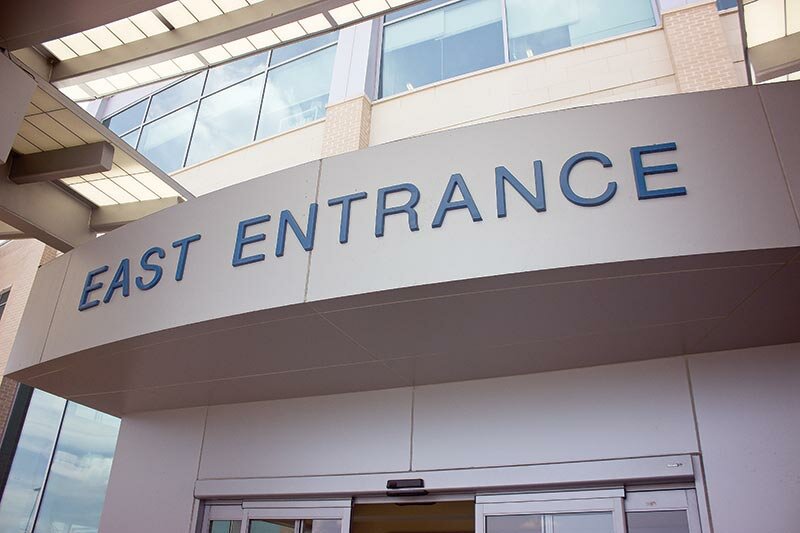 Saint Patrick, the patron saint of Ireland was born in Roman Britain where he was kidnapped and brought to Ireland as a slave at the age of 16. He later escaped, but returned to Ireland and was credited with bringing Christianity to its people. His death is believed to have been on March 17, 461. His most well known legend is his explanation of the Holy Trinity (Father, Son and Holy Spirit) using the three leaves of a native Irish clover, the shamrock.
Saint Patrick, the patron saint of Ireland was born in Roman Britain where he was kidnapped and brought to Ireland as a slave at the age of 16. He later escaped, but returned to Ireland and was credited with bringing Christianity to its people. His death is believed to have been on March 17, 461. His most well known legend is his explanation of the Holy Trinity (Father, Son and Holy Spirit) using the three leaves of a native Irish clover, the shamrock.
The first parade held to honor St. Patrick’s Day took place in New York City on March 17, 1762. Over the next 35 years, Irish patriotism among American immigrants flourished, prompting the rise of so-called “Irish Aid” societies like the Friendly Sons of Saint Patrick and the Hibernian Society. Each group would hold annual parades featuring bagpipes and drums.
In 1848, several New York Irish Aid societies decided to unite their parades to form one official New York City St. Patrick’s Day Parade.
That parade is the world ‘s oldest civilian parade and the largest in the United States, with over 150,000 participants. Each year, nearly 3 million people line the 1.5-mile parade route to watch the procession, which takes more than five hours. Boston, Chicago, Philadelphia and Savannah also celebrate the day with parades involving between 10,000 and 20,000 participants each.
Today, people of all backgrounds celebrate St. Patrick’s Day, especially throughout the United States, Canada and Australia. Although North America is home to the largest productions, St. Patrick’s Day is celebrated in many other locations far from Ireland, including Japan, Singapore and Russia.
Until the 1970s, Irish laws mandated that pubs be closed on March 17; however, in 1995 the Irish government began a national campaign to use St. Patrick’s Day to drive tourism and showcase Irish culture to the rest of the world. Today, approximately 1 million people annually take part in Ireland ‘s St. Patrick’s Festival in Dublin, a multi-day celebration featuring parades, concerts, outdoor theater productions and fireworks shows.


















No Responses to “The First St Patrick’s Day Parade”